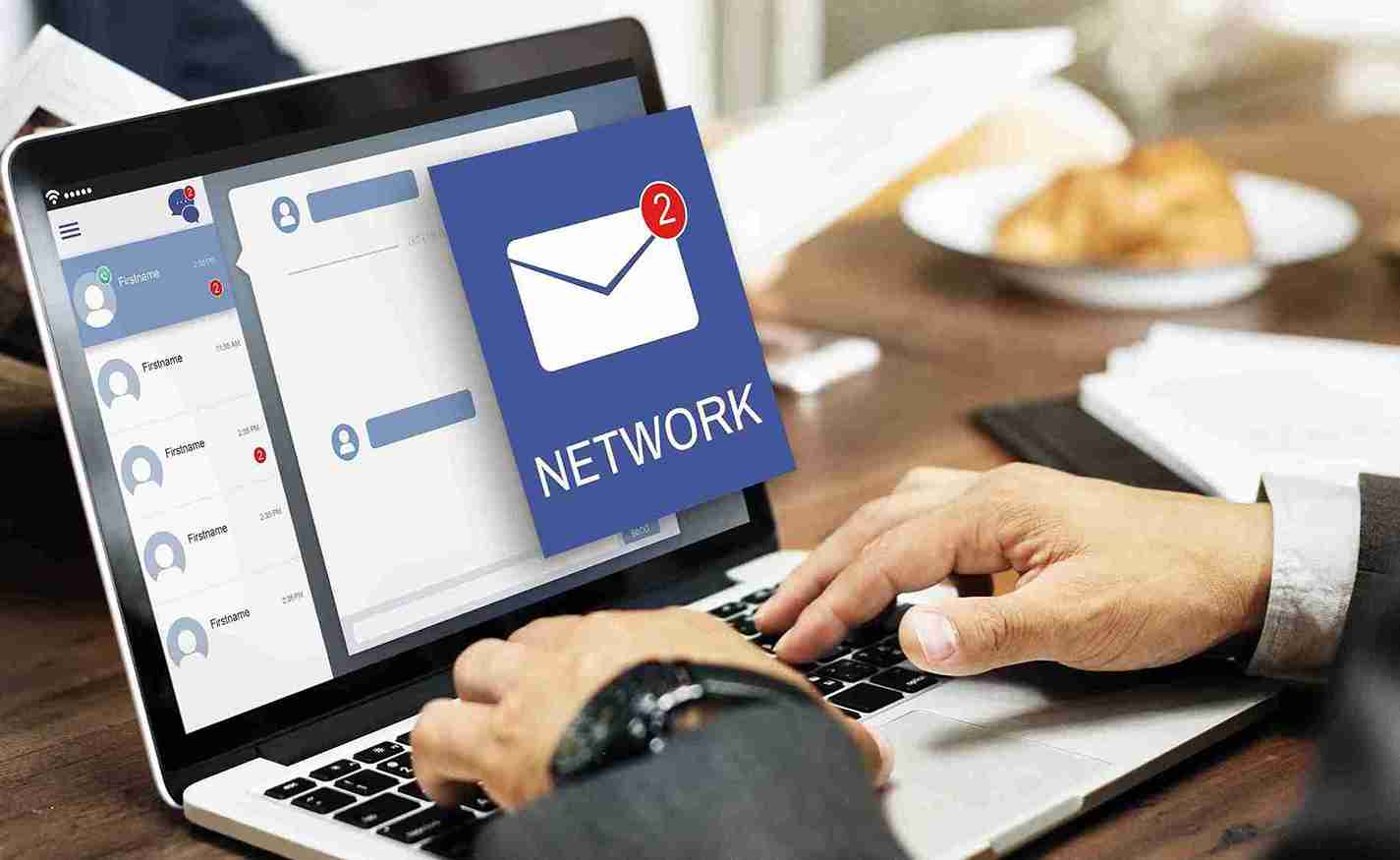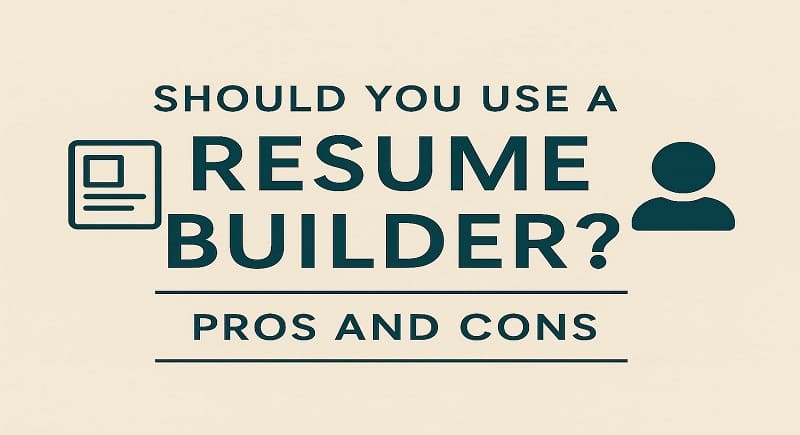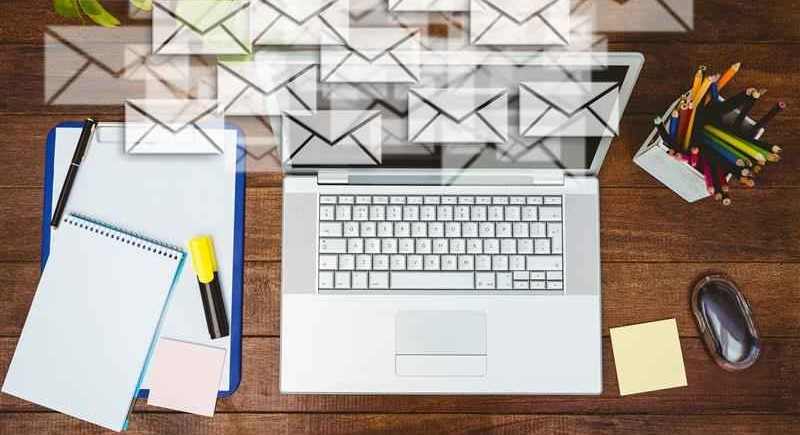In today’s digital workplace, email remains the most preferred method of communication. Whether you are sending a proposal, a follow-up or applying for a job, knowing how to greet and sign off correctly in an email can make a lasting impression. A proper salutation reflects respect, clarity and professionalism-making it a crucial part of email writing.
In this blog, we will explore what email salutations are, how to use them correctly, examples for different situations and tips on how to end an email effectively.
What Is An Email Salutation?
An email salutation is a greeting used at the start or end of an email. It helps set the tone of the message and creates a connection with the recipient. Salutations typically fall into two categories:
- Opening salutations: Used to begin an email (e.g., “Dear Mr. Kumar,” or “Hello Neha,”)
- Closing salutations: Used to end an email professionally (e.g., “Regards,” or “Sincerely,”)
How To Write Email Salutation
Writing a good email salutation depends on your relationship with the reader and the purpose of the email. Here’s how to craft one:
- Use the correct title (Mr., Ms., Dr., etc.)
- Mention the recipient’s full name if you’re unsure of gender or title
- Keep it professional unless the setting is informal
Note: Always use a comma after the salutation.
Professional Email Salutations You Can Use
Opening Email Salutations:
- Formal: Dear Sir/Madam, Dear Mr. Verma, Greetings.
- Informal: Hello Riya, Hi Team, Good morning everyone.
Closing Email Salutations (Sign-Off Mail):
- Best regards
- Kind regards
- Sincerely
- Thank you
Choose a salutation based on the tone and formality of your message.
How To End An Email
Knowing how to end an email is as important as starting one. Your closing should:
- Summarize the key message
- Express appreciation or a next step
- Include a polite sign-off
- Mention your full name and details if it’s formal
| Example: “Thank you for your time and consideration. I look forward to hearing from you.” Followed by: “Kind Regards, [Your Name]” |
What To Avoid In Email Salutations
To maintain professionalism, avoid the following:
1. Slang greetings like “Hey” or “Yo”
2. Use of emojis or abbreviations (e.g., “Thx”, “CU”)
3. Incorrect spellings of names or titles
4. Casual sign-offs like “Cheers” in business emails
5. Ending the email abruptly without a closing line
Email Sign-Off Examples For Different Situations
Formal Email Sign-Offs:
- Sincerely
- With best regards
- Thank you
- Respectfully
Business/Internal Email Sign-Offs:
- Regards
- Best regards
- Many thanks
Casual Email Sign-Offs:
- Thanks
- Talk soon
- Take care
Always make sure your sign-off matches the tone of your message.
Importance Of Proper Email Salutations
Using correct salutations improves your email’s tone and builds trust, whether you are sending a sales pitch or a resignation letter. Here’s why they matter:
- Helps convey professionalism
- Sets the right first impression
- Encourages polite and structured responses
- Makes communication more respectful and clear
When And Where To Use Email Salutations
Use formal salutations when:
- Writing to someone senior or unknown
- Applying for a job
- Communicating with clients or HR
Use informal salutations when:
- Writing to peers or teammates
- Sharing casual updates
- Responding to ongoing internal discussions
Conclusion
Understanding email salutations is essential for writing effective, clear and professional emails. From the first greeting to the final sign-off, every word reflects your tone, intent and professionalism. By following these tips and using the right structure, anyone can write emails that leave a lasting impact.
Related Reads:
- Customer Service Email & It’s Samples
- How To Write A Request Letter?
- How To Create A New Email Account? A Step-By-Step Guide
FAQs
1. What should I write if I don’t know the recipient’s gender or title?
Use a neutral salutation like “Dear Karan Mehra,” or “Dear Team,” to avoid incorrect titles.
2. Is it okay to start a professional email with “Hi” or “Hello”?
Yes, “Hi” or “Hello” is acceptable for everyday office emails, especially with colleagues or known contacts.
3. How do I greet someone senior if I am unsure what is appropriate?
Use safe and respectful greetings like “Dear Sir,” “Dear Ma’am,” or “Dear Mr./Ms. [Last Name]”.
4. What if I need to send a quick email, can I skip the salutation?
Avoid skipping the greeting. Even in short emails, add “Hi Rahul,” or “Dear Team,” to maintain professionalism.
5. How do I end an email when I am expecting a response urgently?
Use closings like “Looking forward to your quick response.” followed by “Regards,” and your name.
6. Should I repeat my full name and details in every email reply?
Only use the full signature in the first email. Short replies can end with just your name or “Regards.”
7. What if I spelled someone’s name wrong in the salutation?
Correct it immediately in the next email and continue the conversation professionally.
8. How do I end an email when no action is required from the reader?
Use simple lines like “Thank you for your time.” or “Glad to stay connected.”
9. Can I use “Thanks” at the end even if I am not requesting anything?
Yes, but use it naturally. For formal emails, “Thank you” or “Regards” is safer.
10. What salutation should I use in follow-up or reminder emails?
Stick to professional opening email salutations like “Dear Mr./Ms. [Name],” and closing email salutations like “Kind regards,” or “Sincerely,” to maintain a respectful tone.






 Facebook
Facebook Instagram
Instagram Twitter
Twitter